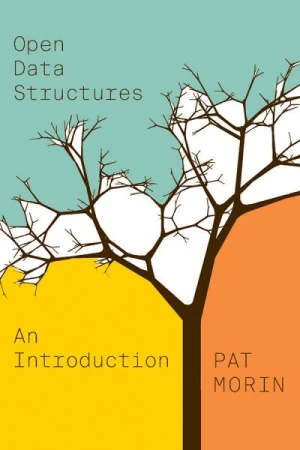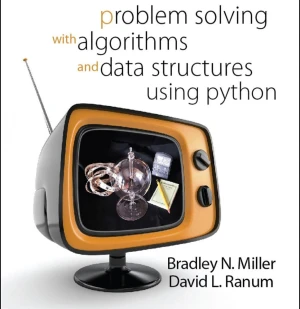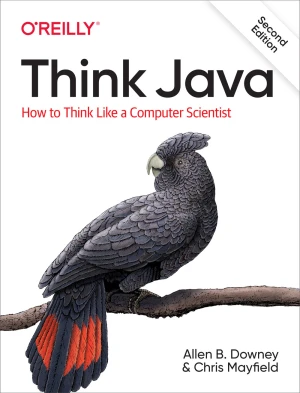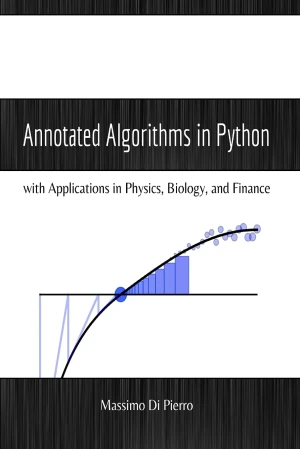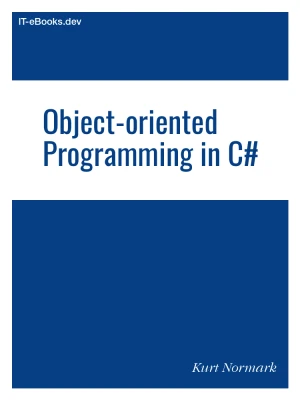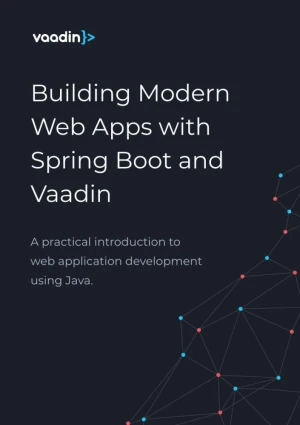Think Data Structures
Algorithms and Information Retrieval in Java

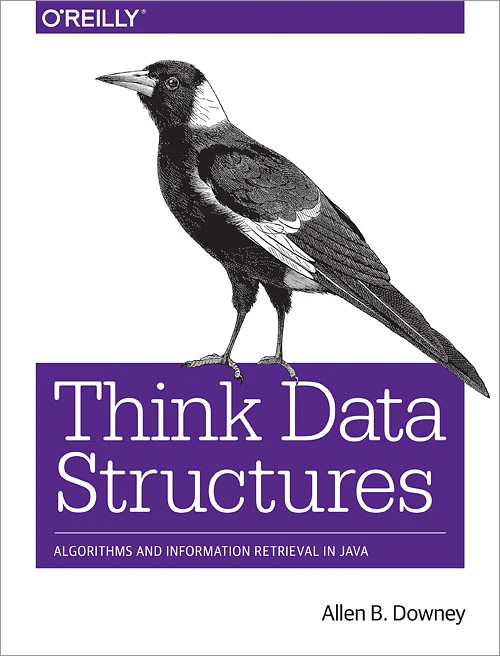
Book Details
| Author | Allen Downey |
| Publisher | O'Reilly Media, Green Tea Press |
| Published | 2016 |
| Edition | 1st |
| Paperback | 187 pages |
| Language | English |
| ISBN-13 | 9781491972397 |
| ISBN-10 | 1491972394 |
| License | Creative Commons Attribution-NonCommercial-ShareAlike |
Book Description
If you're a student studying computer science or a software developer preparing for technical interviews, this practical book will help you learn and review some of the most important ideas in software engineering - data structures and algorithms - in a way that's clearer, more concise, and more engaging than other materials.
By emphasizing practical knowledge and skills over theory, author Allen Downey shows you how to use data structures to implement efficient algorithms, and then analyze and measure their performance. You'll explore the important classes in the Java collections framework (JCF), how they're implemented, and how they're expected to perform. Each chapter presents hands-on exercises supported by test code online.
- Use data structures such as lists and maps, and understand how they work;
- Build an application that reads Wikipedia pages, parses the contents, and navigates the resulting data tree;
- Analyze code to predict how fast it will run and how much memory it will require;
- Write classes that implement the Map interface, using a hash table and binary search tree;
- Build a simple web search engine with a crawler, an indexer that stores web page contents, and a retriever that returns user query results.
This book is available under a Creative Commons Attribution-NonCommercial-ShareAlike license (CC BY-NC-SA), which means that you are free to copy, distribute, and modify it, as long as you credit the original author, don't use it for commercial purposes, and share any adaptations under the same license.
If you enjoyed the book and would like to support the author, you can purchase a printed copy (hardcover or paperback) from official retailers.
Download and Read Links
Share this Book
[localhost]# find . -name "*Similar_Books*"
Open Data Structures
Offered as an introduction to the field of data structures and algorithms, Open Data Structures covers the implementation and analysis of data structures for sequences (lists), queues, priority queues, unordered dictionaries, ordered dictionaries, and graphs. Focusing on a mathematically rigorous approach that is fast, practical, and efficient, Mor
Problem Solving with Algorithms and Data Structures, 3rd Edition
The study of algorithms and data structures is central to understanding what computer science is all about. Learning computer science is not unlike learning any other type of difficult subject matter. The only way to be successful is through deliberate and incremental exposure to the fundamental ideas. A beginning computer scientist needs practice
Think Java, 2nd Edition
Currently used at many colleges, universities, and high schools, this hands-on introduction to computer science is ideal for people with little or no programming experience. The goal of this concise book is not just to teach you Java, but to help you think like a computer scientist. You'll learn how to program - a useful skill by itself - but you'l
Annotated Algorithms in Python, 2nd Edition
This open book is assembled from lectures given by the author over a period of 10 years at the School of Computing of DePaul University. The lectures cover multiple classes, including Analysis and Design of Algorithms, Scientific Computing, Monte Carlo Simulations, and Parallel Algorithms. These lectures teach the core knowledge required by any sci
Object-oriented Programming in C#
Object-oriented Programming in C# is a practical guide to OOP concepts using C#, designed for programmers with experience in imperative languages like C or Java. Originally created in 2006, it takes an "object-later" approach, first reinforcing foundational programming skills before introducing object-oriented principles. The material combines anno
Building Modern Web Applications With Spring Boot and Vaadin
This guide is a practical introduction to web application development with Spring Boot and Vaadin. It covers the entire development process, from setup to deployment, following a step-by-step approach. You can replicate each section at your own pace as you follow along. The content is suitable for anyone familiar with Java who wants to build a web

